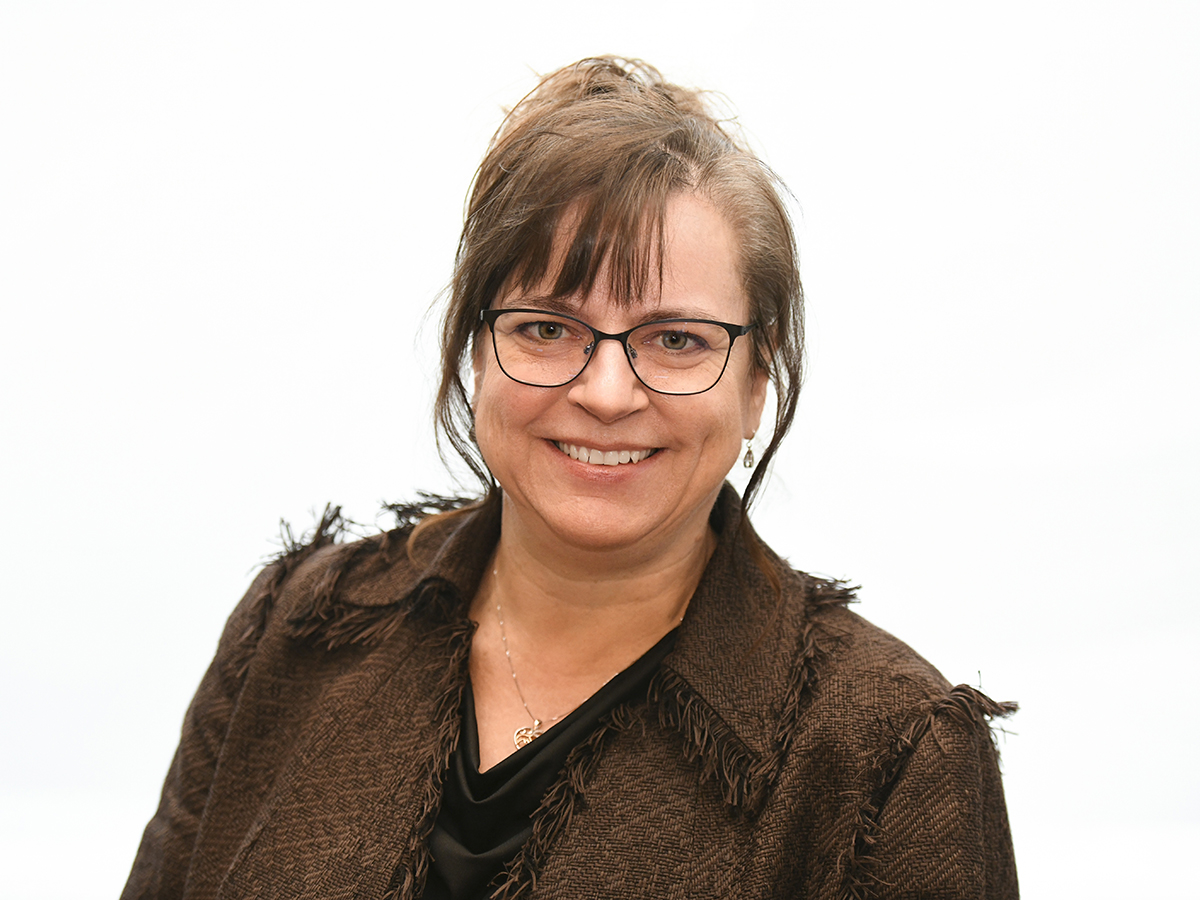

From its roots as a retirement plan for Saskatchewan farmers, the Saskatchewan Pension Plan has grown over the past four decades to accommodate Canadians from all provinces and walks of life, said Shannan Corey, the plan’s executive director, during a session at Benefits Canada’s 2024 Defined Contribution Plan Summit in February.
“It’s really meant to be a social policy need to fill in gaps. We are accessible to all Canadians. In fact, as long as you’re earning employment income, you don’t even have to be a Canadian resident yet. So we have a lot of new Canadians that join as well.”
Read: Saskatchewan Pension Plan removing annual contribution, transfer-in limits
The plan, which offers a balanced fund and diversified income fund, currently has roughly 32,000 members, similar to when it first started in 1986. While employers can join the SPP, it’s designated as a specified pension plan, meaning it doesn’t require members to be sponsored by an employer, she explained. “We have our own section in the Income Tax Act, which means [we have] our own forms. As you can imagine, it’s very challenging to make any changes.”
Despite regulatory challenges, the SPP has introduced several changes in recent years. In 2021, it was deemed a national pension fund and added a variable benefit option. Last year, the SPP expanded the variable benefit to all members and removed its annual contribution and transfer-in limits.
On the decumulation side, Corey said the SPP is keeping an eye on the dynamic pension discussion, noting the plan’s member demographic will be a key factor. “If you think of our membership base and the size of our fund, if you do the math – I know there’s actuaries in the room – our average account balance is around $25,000.
Read: Saskatchewan Pension Plan expanding variable benefits to all members
“Our average annuities that we pay are $225 a month. So we have to think about that, what do our members need that might be different than what other members need? We typically don’t deal with annuities that are a couple of thousand dollars a month. So we can look at variable pensions, and we will, but we have to factor in who our members are.”
The SPP also collaborates with other Saskatchewan-based pension plans, she said, noting representatives from each plan regularly get together and share ideas. “It doesn’t matter if we’re defined benefit or defined contribution, we can learn from each other. And so we would encourage you to set up your own networks, if you haven’t already. That’s served us really well.”
Read more coverage of the 2024 DC Plan Summit.
